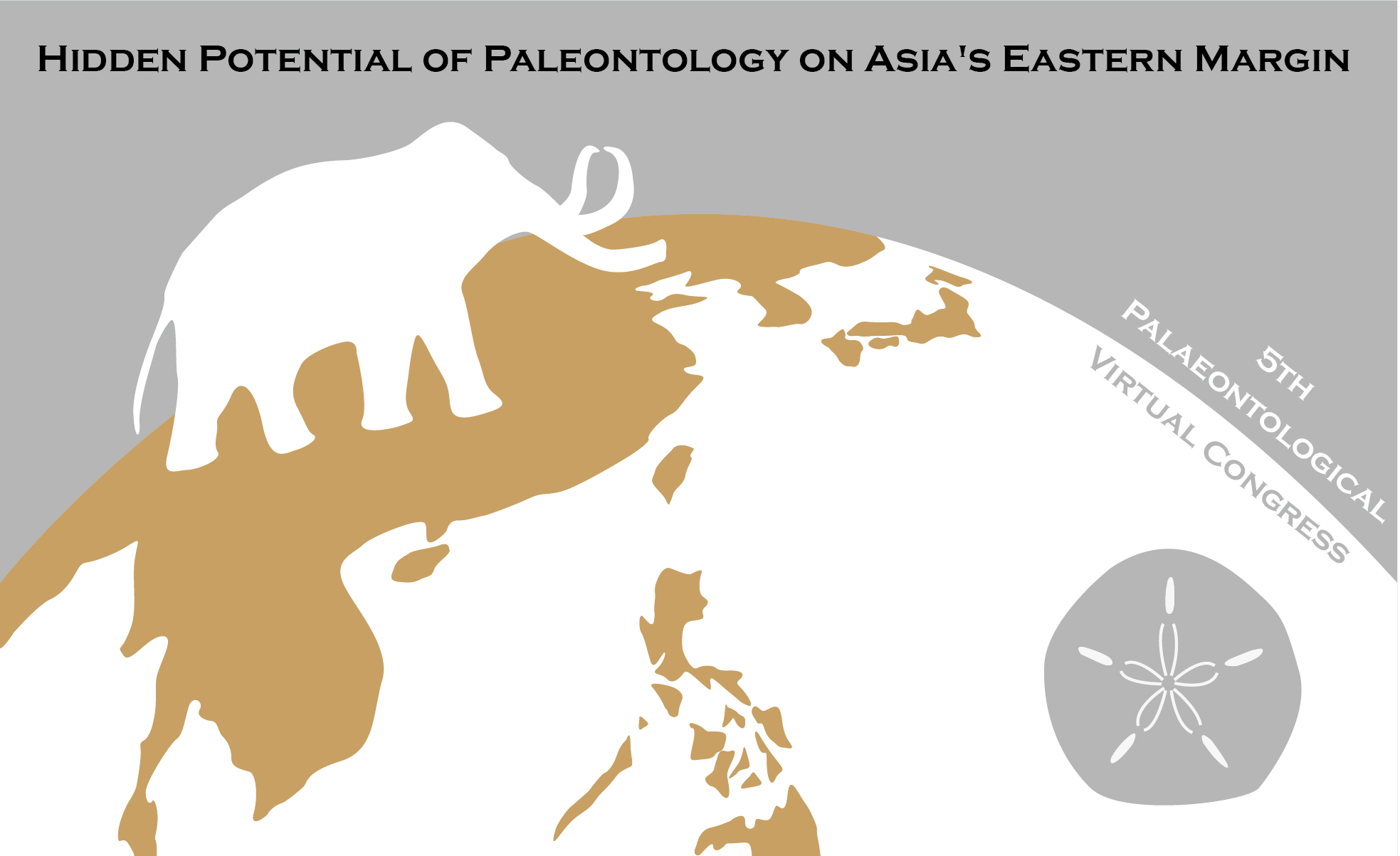Hidden Potential of Paleontology on Asia's Eastern Margin

AUTHORS
Chia-Hsin Hsu
Department of Geosciences, National Taiwan University, Taiwan
b09204010@ntu.edu.tw
Yun Hsiao
Institute of Ecology and Evolutionary Biology, National Taiwan University, Taiwan
Hsiao-Jou Wu
Department of Geology, National Museum of Natural Science, Taiwan
Chun-Chi Liao
Institute of Vertebrate Paleontology and Paleoanthropology, Chinese Academy of Sciences, China
Allan Gil S. Fernando
National Institute of Geological Sciences, University of the Philippines Diliman, Philippines
Dominique P. Mediodia
Institute of Marine Fisheries and Oceanology, University of the Philippines Visayas, Philippines
Biodiversity Research Center, Academia Sinica, Taiwan
Yuji Takakuwa
Gunma Museum of Natural History, Tomioka City, Gunma, Japan
Chien-Hsiang Lin
Biodiversity Research Center, Academia Sinica, Taiwan
Jih-Pai Lin
Department of Geosciences, National Taiwan University, Taiwan
Ammu Sankar Senan
Department of Geosciences, National Taiwan University, Taiwan
Shih-Wei Lee
National Museum of Marine Biology and Aquarium, Taiwan
Abstract
Asia’s eastern margin is one of the world’s most tectonically active zones. The convergence between the Eurasian Plate and surrounding plates has shaped the complex geology of eastern Eurasia, affecting regions such as Russia, Mongolia, and China, and forming island arcs including Japan, Taiwan, and the Indo-Australian Archipelago. Tectonic activities have led to frequent earthquakes, volcanic eruptions, and landslides, causing extensive damage to local communities and focusing much of the region’s geological research on geohazard-related issues. However, beyond its tectonic significance, the region’s rapid orogeny has also caused rapid uplift, exposing fossiliferous Cenozoic strata alongside Mesozoic and Paleozoic strata in a relatively compact land area. With recent contributions from early career scientists, numerous new fossil discoveries have been made, and innovative methodologies applied. These works underscore the global significance and vast potential of paleontological research in this ocean-land transition zone. For terrestrial fauna, Asia’s eastern margin offers unique insights into the links between animal evolution, land bridge formation, and island isolation within glacial-interglacial cycles. For marine fauna, fossil materials from this area are crucial for understanding how the current biodiversity hotspot of the Western Pacific developed.
This session will present recent advances in paleontological studies based on fossils from Asia’s eastern margin from Russian Far East to Mainland and Maritime Southeast Asia, offering a platform for discussion and collaboration in these previously underexplored fossils and their correlated paleoenvironment. Contributions related to all aspects of paleontology are welcome.
